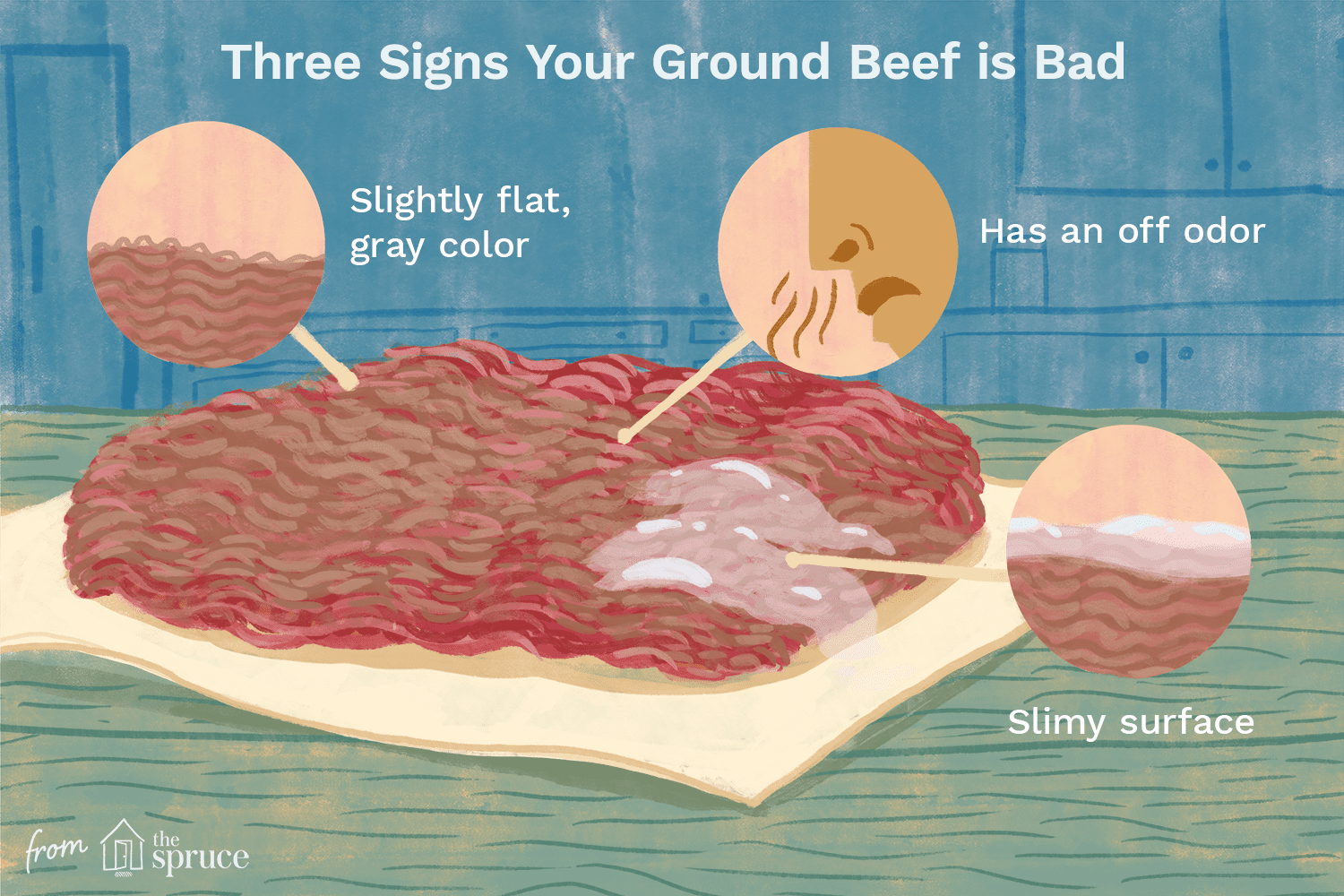Ensuring Freshness: How to Know If Meat Is Bad
Ensuring the freshness and safety of meat is essential for maintaining a healthy diet. However, it can be challenging to determine if meat has gone bad, especially when visual cues are not always reliable. In this article, we will guide you through the key indicators and practical tips to help you know if meat is no longer safe for consumption. By learning these signs, you can make informed decisions and prioritize your well-being.

Bad beef and good beef
I. Assessing Meat's Appearance:
1. Color Changes: Understand how color changes in meat can indicate spoilage. Learn about the normal colors of fresh meat and the discoloration that may signal deterioration.
2. Texture and Consistency: Discover how changes in texture, such as sliminess or excessive dryness, can be indicators of meat spoilage.
II. Evaluating the Smell:
1. Recognizing Off Odors: Learn to identify off odors that are distinct from the natural scent of fresh meat. Unpleasant or foul smells can be a sign of spoilage or bacterial growth.
2. The Role of Packaging: Understand how packaging can affect the smell of meat and potentially mask or intensify off odors.
III. Checking the Expiration Date:
1. Importance of Expiration Dates: Recognize the significance of expiration dates on meat packaging and understand their role in determining freshness.
2. Storage Time and Temperature: Discover how proper storage time and temperature affect the shelf life of meat and its overall quality.
IV. Signs of Physical Deterioration:
1. Mold or Fungal Growth: Learn about the presence of mold or fungal growth on meat as a clear indication of spoilage.
2. Abnormal Discharge: Understand how excessive moisture or liquid discharge from meat can be a sign of bacterial activity and decomposition.
V. Trusting Your Instincts:
1. Use-by Dates vs. Sensory Evaluation: Understand the distinction between relying solely on use-by dates and using sensory evaluation techniques to assess meat freshness.
2. When in Doubt, Discard: Recognize the importance of erring on the side of caution and discarding meat that you suspect may be spoiled, even if the signs are not definitive.

Signs mean your ground beef has gone bad
Knowing how to determine if meat is bad is crucial for maintaining food safety and avoiding potential health risks. By paying attention to visual cues, odors, expiration dates, and physical changes, you can make informed decisions about the freshness of meat. Trusting your instincts and prioritizing safety will ensure that you and your loved ones consume meat that is both flavorful and free from spoilage. Remember, when it comes to meat, it is better to be safe than sorry.